Thinning Your Backyard Chicken Flock
As your flock grows, inevitably, you’ll face the decision of whether or not to thin it out. So, how do you know when it’s time to reduce the size of your chicken flock? And what’s the best way to go about doing it?
If you’re like me, you probably started with just a few backyard chickens, and then, before you knew it, you had a much larger flock of these wonderful creatures than you anticipated. But as your flock grows, inevitably, you’ll face the decision of whether or not to thin it out. So, how do you know when it’s time to reduce the size of your chicken flock? And what’s the best way to go about doing it? Here are my tips on thinning your backyard chicken flock.
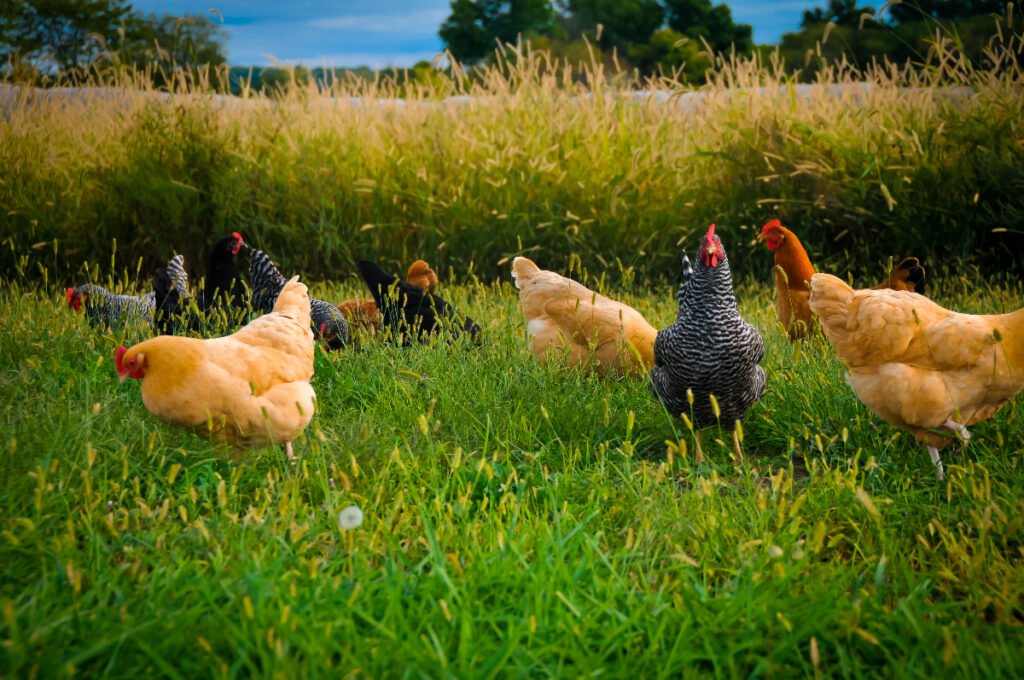
When is the right time to thin a backyard chicken flock?
There are a number of factors to consider when deciding whether or not to thin out your backyard chicken flock. The answer to this question will vary depending on your circumstances. But there are a few general guidelines you can follow:
- If your chickens are no longer laying eggs at the rate they used to, it may be time to replace older hens with younger layers.
- If you’re spending more time and money caring for your chickens than you’re getting back in return (in the form of eggs or meat), it may also be time to thin your flock.
- If your chickens start to overcrowd the chicken coop, it’s time to reduce the number of birds. Aside from bullying, an overcrowded coop can lead to diseases and respiratory issues within your flock.
How to Determine which Chickens Can Go
Once you’ve decided that it’s time to thin your flock, the next step is figuring out which birds to keep and which ones to let go. This can be a tough decision. In most cases, good recordkeeping can help you make the best decisions regarding flock management when considering removing birds.
If you are looking to thin your flock, generally speaking, the following birds should be considered for removal:
- Excessive Roosters– While one rooster is usually sufficient for a flock of hens, having multiple roosters can often lead to fighting, noise issues, and poor egg production. It may be time to thin your flock if you have more roosters than you need.
- Unproductive Birds– In addition to non-laying hens, other chickens may not be productive members of your flock. For example, older birds may no longer be good layers, or young birds may not have started laying yet. Additionally, some chickens aren’t good layers to begin with, and will never produce a large number of eggs. If you find unproductive birds in your flock, it may be time to thin your flock.
- Aggressive Birds– Some chickens can be quite aggressive, particularly roosters, but I’ve had some nasty older hens who like to pick on younger hens. If you have a chicken constantly causing problems or attacking other flock members, it may be time to remove them from the flock.
- Sick or injured birds– If you have a sick or injured chicken, it’s often best to euthanize her. Not only is it more humane, but it also prevents the spread of disease to the entire flock. If you are unsure about the bird’s illness is always best to talk with your veterinarian or a poultry specialist if you have sick birds. They can help you rule out treatable conditions like parasites and help you determine if culling is the best option for your situation.
- Slow Molters– While molting is normal for chickens, some birds molt very slowly and may take months to regrow their feathers. If you have a chicken constantly molting, she may not be a productive member of your flock.
- Birds with Bad Habits– Some chickens develop bad habits like feather picking or egg eating. If you have a chicken with one of these habits, she may not be a good addition to your flock.
- Birds that Don’t Fit Into Your Breeding Program– If you’re breeding chickens, you’ll want to keep the birds that best fit into your program and eliminate the rest. This will help you create a flock of high-quality birds.
Once you’ve decided which birds you’d like to rehome, it’s helpful to label that bird with a leg band.
What to do with the chickens you’ve chosen to cull
So, you’ve decided to thin your flock and identified which birds you’d like to remove. Now it’s time to figure out what to do with them.
I almost always prefer to rehome or sell chickens that no longer fit into my flock or will not help me reach my goals for my flock. Unfortunately, some chickens are extremely difficult to rehome, specifically aggressive roosters. We will talk about dispatching birds for meat soon, but here are common ways I sell or rehome for free:
Use Social Media– Social media is a great way to connect with other local chicken keepers who may be looking to expand their flock. For best results, join local chicken groups. Share pictures of the chickens you are rehoming. Ask people interested in contacting you via private message. Keep in mind it is against Facebook’s terms of use to sell any animal on Facebook Marketplace,
Create a Craigslist Ad– The selling and rehoming of chickens and other farm animals on Craigslist is completely acceptable according to their terms of service, and it has its advantages. It’s free, easy, and anonymous but also has drawbacks. My personal experiences with Craigslist have led me to believe this platform has a higher-than-average chance of no-shows or flaky users. But because it is free and easy, I think it is worth giving a try; you can read my tips on How To Successfully Sell Chickens on Craigslist here.
Hang Flyers in Feed Stores– This is old school but worth mentioning. A flyer posted on the local feed store bulletin board might attract a potential buyer’s attention. I find including a picture of the birds helps the post stand out among all the business cards.
Livestock Auction House– Livestock auctions can be intimidating if you’ve never attended one before, but they can be a great place to buy and sell poultry. Always call the auction house ahead of the small animal auction time, and ask when they will accept animals and if you have to provide cages. Once you arrive, you must register and drop your animals in the determined location. Once the poultry is auctioned off, you will be sent a statement and a check. They will deduct the sales commission and testing fees from the total sale amount.
Attend a Flock Swap– Flock Swaps are like flea markets with poultry. Flock swaps are a great place to buy, sell, and trade chickens, usually in the spring and fall. In my area, flock swaps tend to happen in the parking lots of feed stores. They are fun to attend because you never know what you’ll see, and if you have your birds priced right, you will have them moved on to a new coop in no time. Free birds are as good as guaranteed to go in a flock swap if you are highly motivated to move them out.
Ask Other Chicken Keeping Friends If They’d be interested– It seems like I have the best luck with just asking around, even if my friends aren’t interested. They often know someone looking for a laying hen or two and are willing to pass along my contact information.
Harvest and Process for Meat, Or Give it to Someone Who Will– When it comes to harvesting a chicken, you have several different options. There is much controversy about the correct way to dispatch a chicken, but the goal is to do it as quickly and painlessly as possible. Slaughtering animals is not for everyone.
Be honest with yourself about your boundaries. If you are not up to the task, many people would be grateful for the meat and don’t mind the process of dispatching a bird. Culling your flock can be a difficult but necessary decision.
How To Cull Chickens Humanely
Culling typically refers to a flock management practice of reducing or controlling the size of a flock or herd of animals by removal. Traditionally, culling is associated with slaughtering old, sick, or lame animals. But, historically, excessive roosters are also culled in the Fall.
For full transparency, I have slaughtered aggressive roosters, which have found their way into my stew pot, but as far as my egg-laying flock goes, I prefer to rehome or sell as a means to reduce my flock size.
When it comes to harvesting a chicken, you have several different options. There is much controversy about the right way to dispatch a chicken, but the goal is to do it as quickly and painlessly as possible. Slaughtering animals is not for everyone. Be honest with yourself about your boundaries and ask for help when you need it.
Never Release or Dump Chickens
Do not dump chickens. Please think twice before you dispose of them in an inhumane way. A loose chicken won’t survive long in a place where the weather turns brutally cold or in places with various natural predators. They need food, water, and shelter. Releasing chickens into the wild is illegal in some states.
In short, if you can’t find good homes for all of your chickens and you are not willing to cull them yourself, please consider finding a poultry rescue organization or humane society in your area.
Final Thoughts on Culling Backyard Chickens and Flock Management
As chicken keepers, we put a lot of time, energy, and resources into our flock. Rehoming a hen or making end-of-life decisions for our poultry is never easy, but it is a part of responsibly raising backyard chickens.
Whether you want to remove one chicken or several from your flock, I hope this post gave you some ideas on how to responsibly manage your flock and reduce the number of chickens you are keeping.


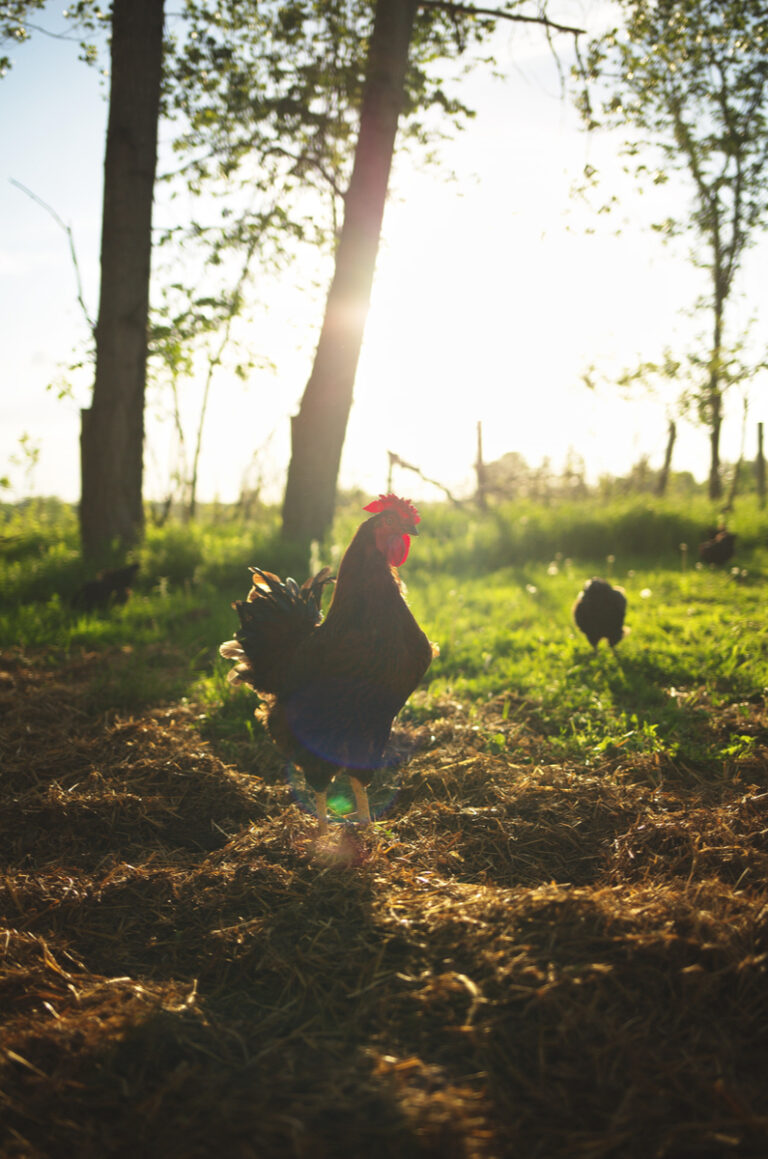

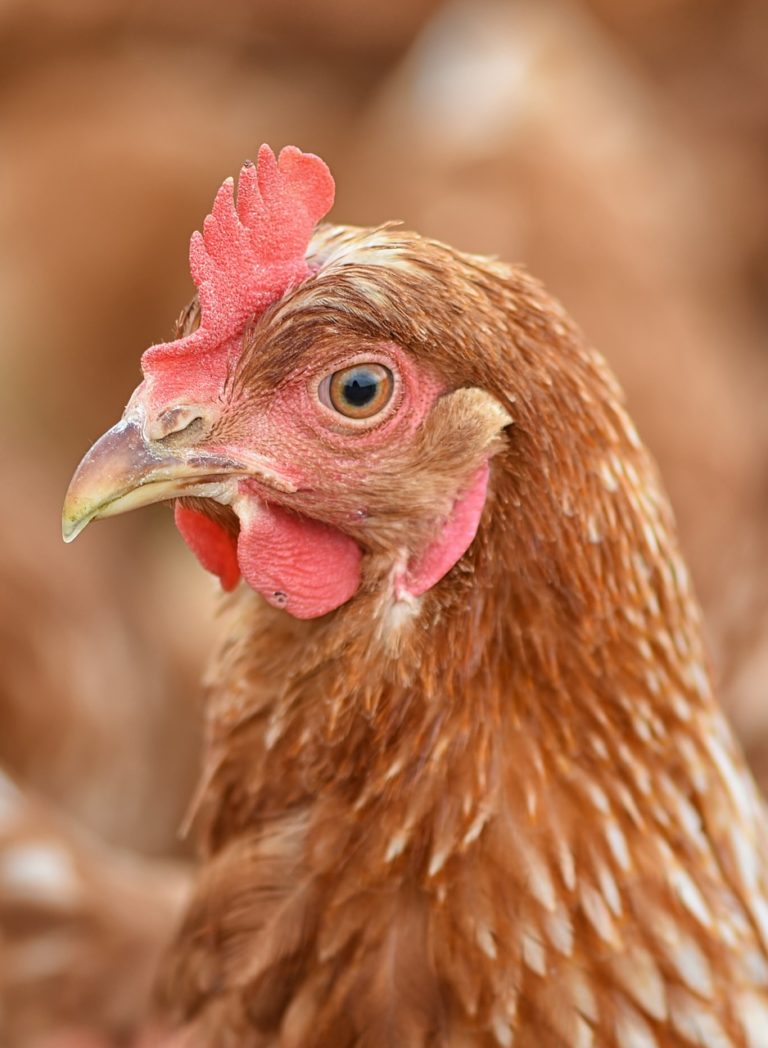

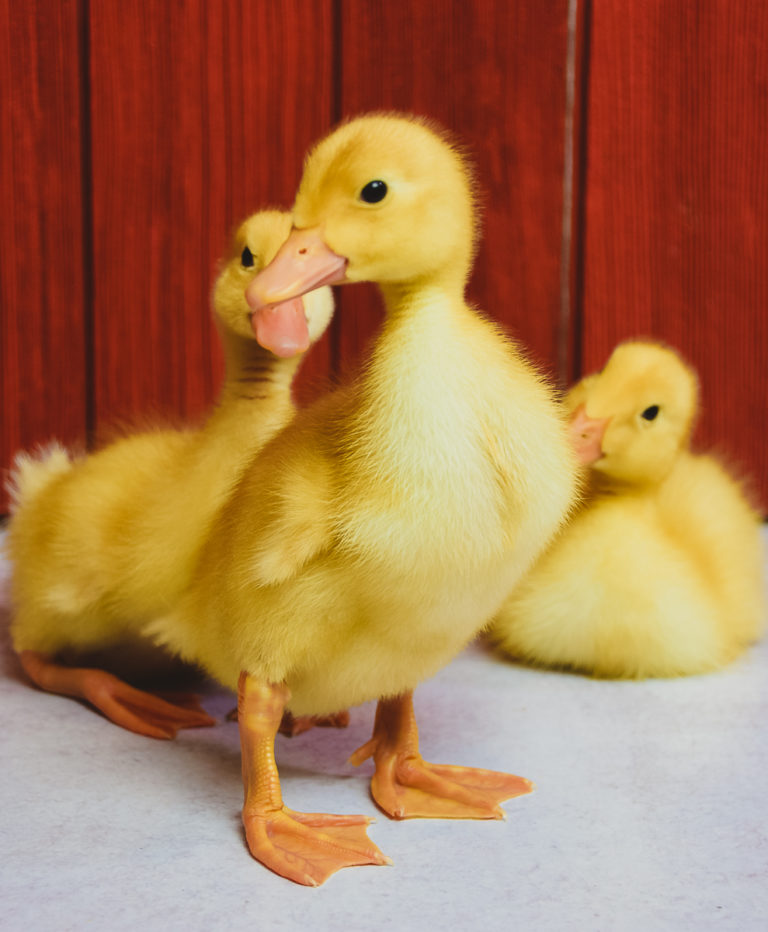
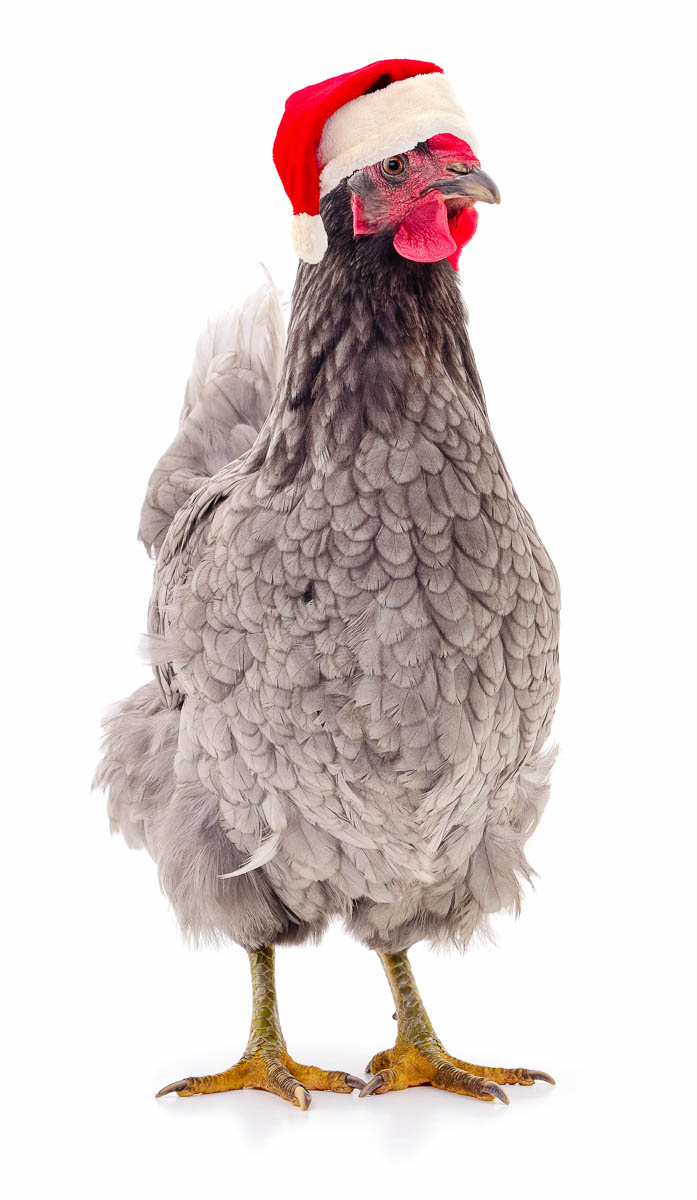
Need to get rid of my chickens, might be moving to Tennessee, I live in Guerneville Ca